Every year on Earth Day, students and families gather on the banks of the Little Chilliwack River to watch chum alevin—baby hatchery-raised salmon—start their new life in the wild.
Out of a modest concrete building on the water’s edge, staff and volunteers from the Skowkale Hatchery lower tanks into the water. The hope is that, in a few years, the fish will return to help repopulate a depleted salmon run.
Like so many other places in British Columbia, salmon used to swim here aplenty.
All five species of BC salmon—chum, coho, sockeye, pink, and chinook—journeyed up the river, and members of the Stó:lō Nation (including Skowkale First Nation) were free to feed on salmon as they saw fit.
But with the advent of colonization, many of BC’s watersheds WatershedsAn area or region of land where all the water drains into a common outlet, such as a river or lake. Watersheds play a crucial role in the distribution of water and its impact on the environment. were wrecked by logging, pollution, overfishing, and damming. The Little Chilliwack River, in fact, was once not-so-little, but construction of a dam at the turn of the 20th century diverted the water flow and choked out the stream. Now, only coho and chum can be found in the river, and nation members can only fish a few times a year under strict stipulations.
“Salmon are a part of ceremony, tradition, and customs. We are no longer able to pass that down to our next generation because the stocks are not there to do so,” says Stacy McNeil, executive director at Skowkale First Nation. “My children are not growing up fishing the way I did, and I did not the way my father did.”
With the aim of boosting salmon numbers for commercial consumption, the first Canadian west coast hatchery was built in 1884, and soon large-scale hatcheries began popping up along the west coast.
Writ large, these enormous hatcheries made a mess of salmon ecology—putting salmon species where they don’t belong, introducing diseases, and breeding together genetically distinct stocks of salmon.
But the Skowkale Hatchery came at this from a totally different approach and perspective.
The nation-run Skowkale Hatchery was built in 1978 with three main goals in mind: boost salmon populations, restore suitable habitat, and educate visitors.
“The hatchery here is in large part intended to be community focused,” says Steve Clegg, a stewardship and conservation specialist. Unlike many historic, large-scale hatcheries, Skowkale is releasing salmon native to the Little Chilliwack River, and the salmon raised here aren’t for consumption—they’re for keeping the population going while habitat is restored.
Skowkale staff and community volunteers will gather salmon eggs as they are released into the river, fertilize them, and incubate them in the hatchery over winter. In the spring, the young fish will be released back into the river.
Last year, the hatchery released 13,000 chum salmon and 7,000 coho. Meanwhile, Clegg works on restoring salmon habitat, which may involve adding sediment for spawning habitat or boulders or logs to create deeper pools in the water.
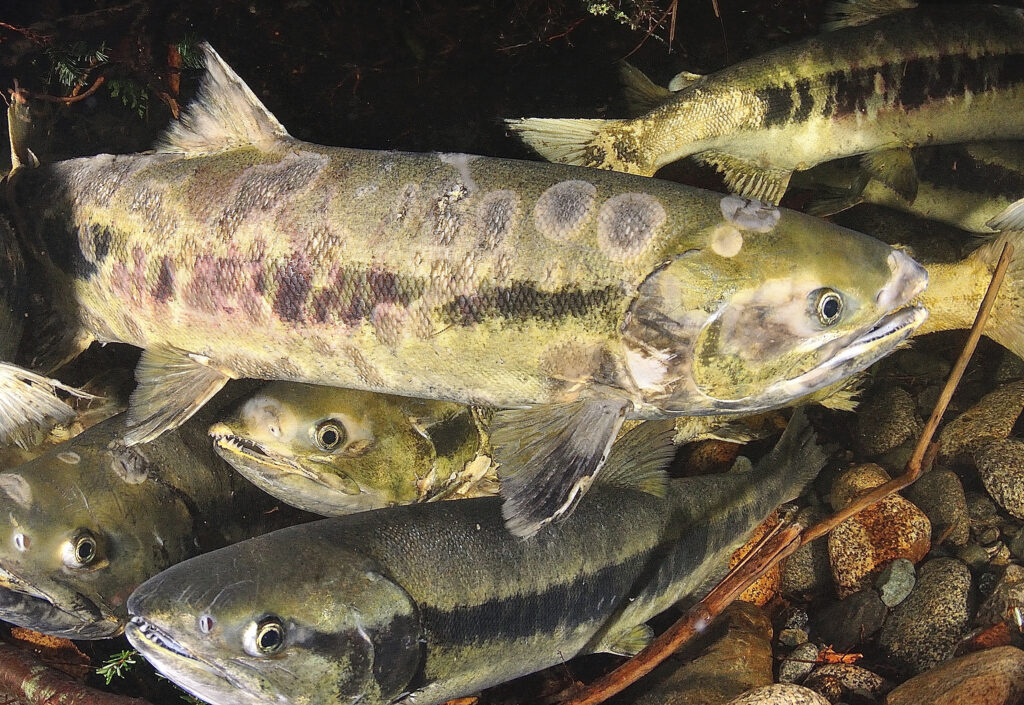
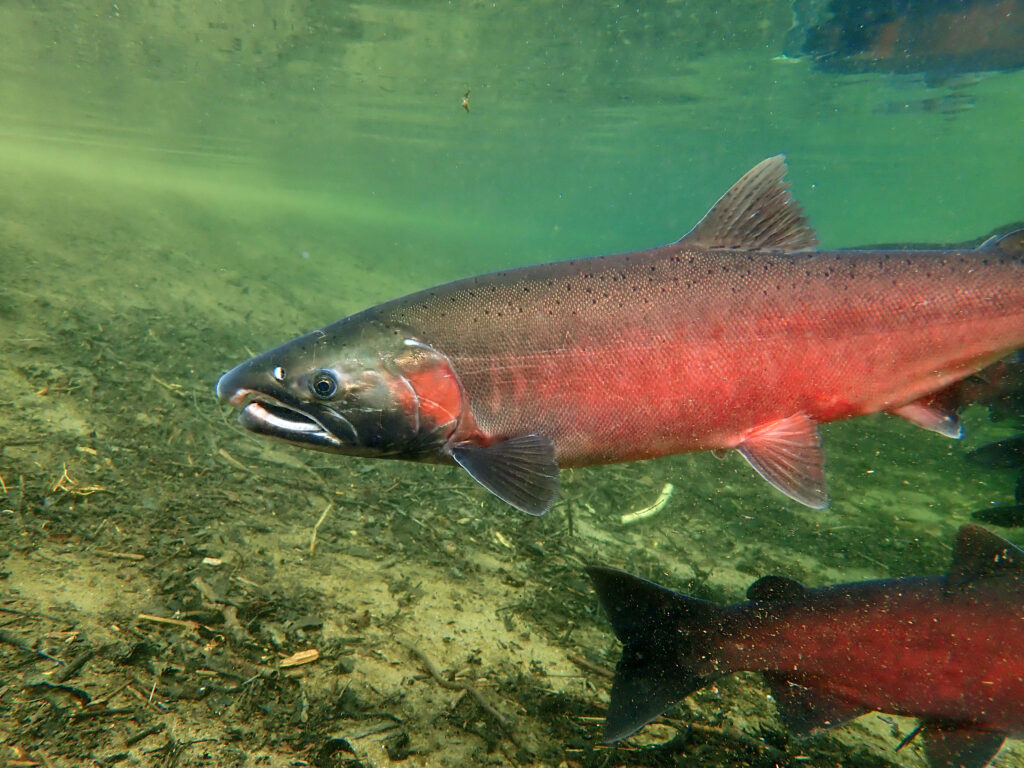
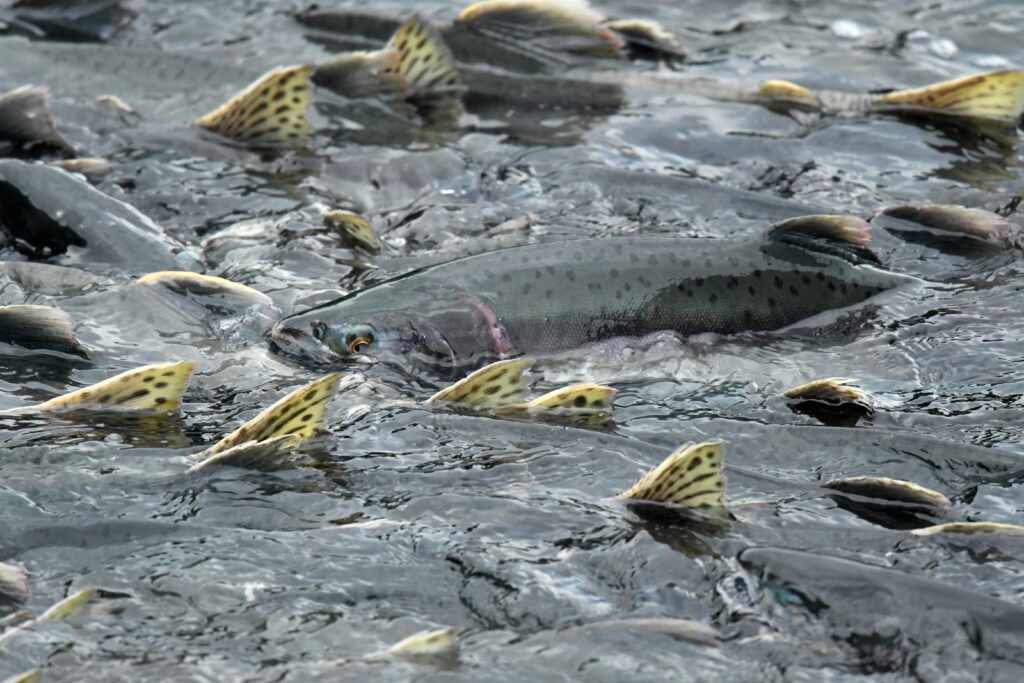
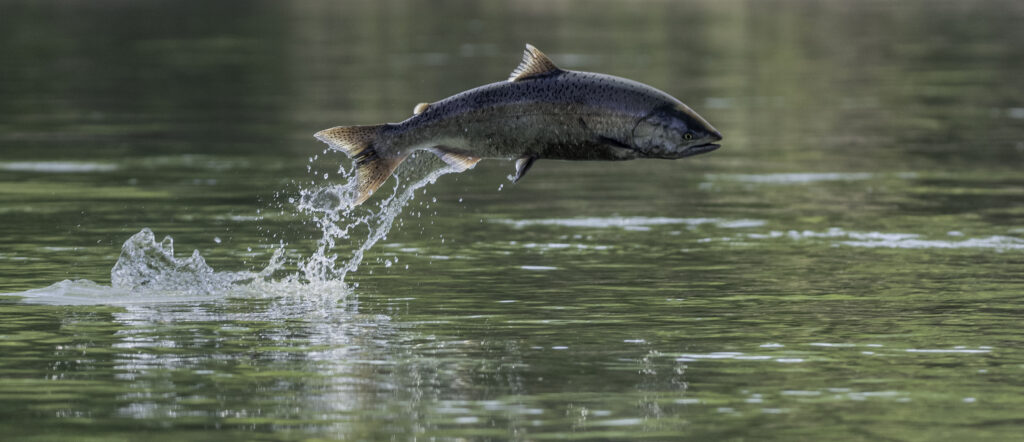
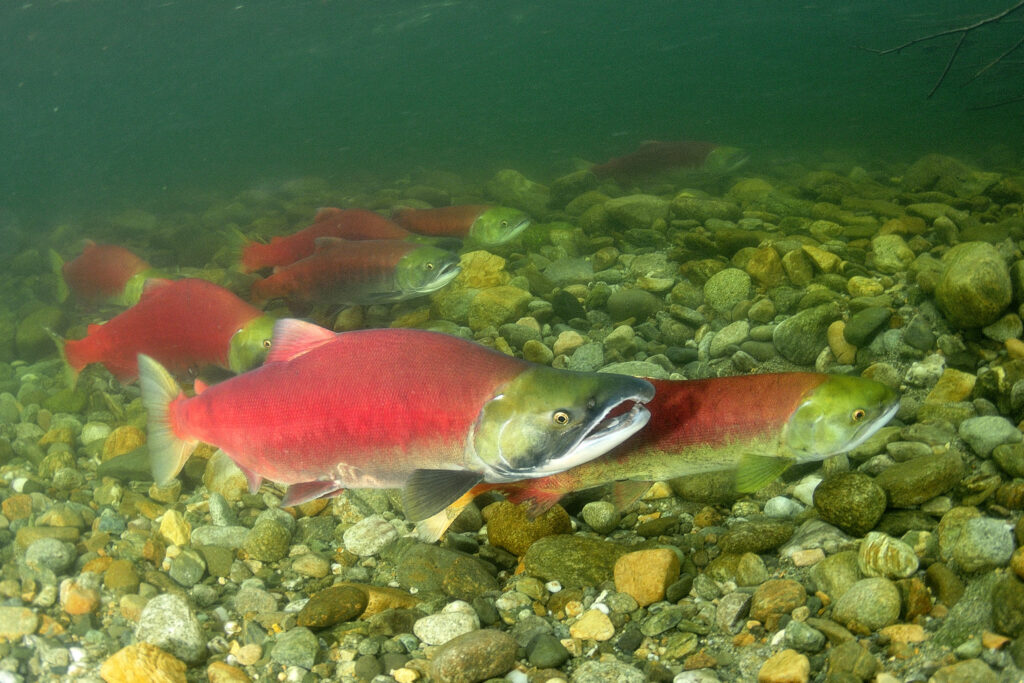
“You get people hands-on in the process of being a steward of the land and realizing that these wild salmon are just right in their backyard,” says Clegg.
For Clegg, part of the fulfilment of doing this work is to imparting a love of nature and a stewardship ethic. “It's a great way to connect people to place and connect people to nature.”
Curious for more science behind biodiversity and climate change?
Explore solutions for regenerating our planet on Change Reaction.
